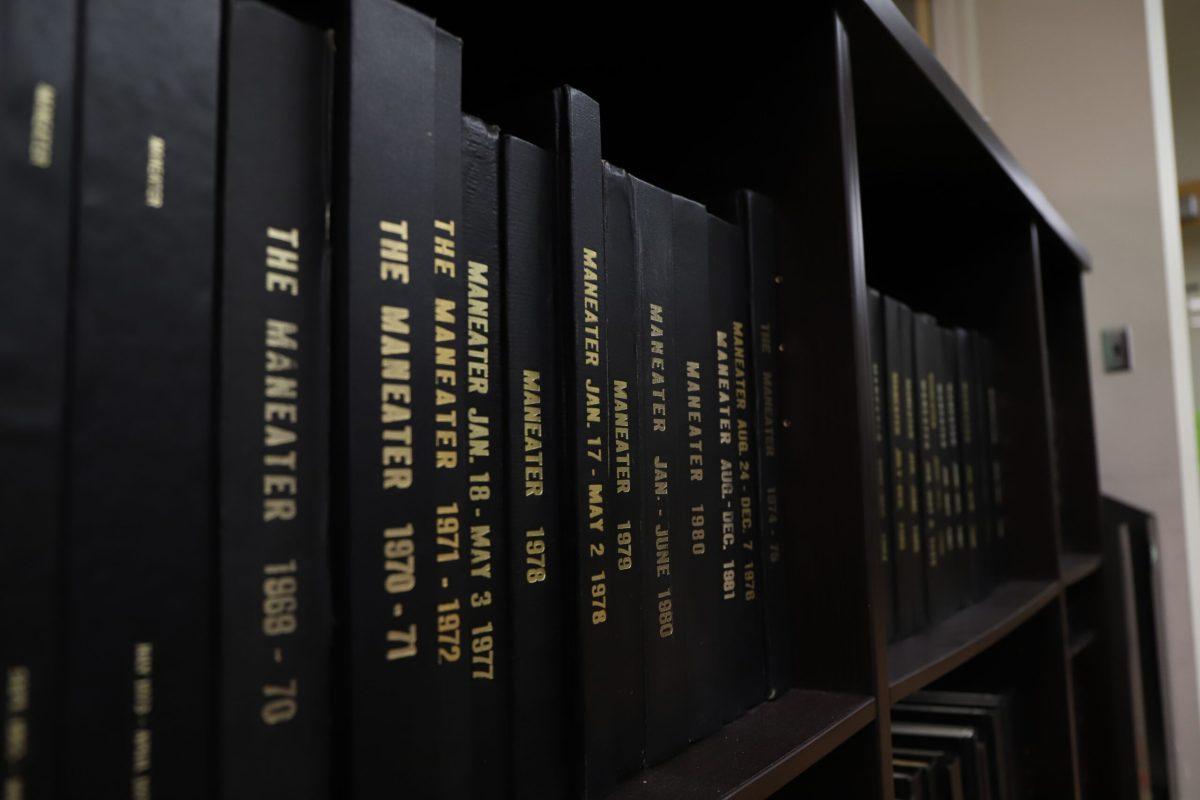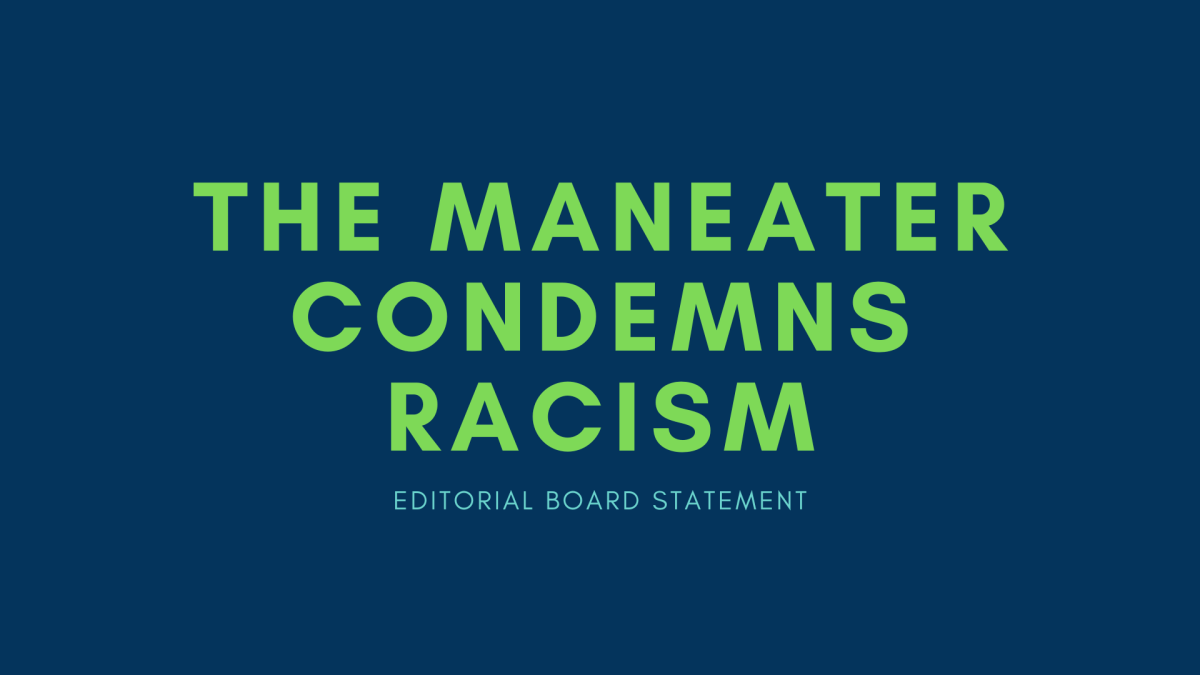The Ad Hoc Committee on Protests, Public Spaces, Free Speech and the Press was created in January to look for suggestions on how the university regulates its public spaces, following [a national controversy about freedom of speech involving former MU assistant communication professor Melissa Click](https://www.themaneater.com/stories/2016/2/25/melissa-click-fired-board-curators/). It also examines how the university can resolve future conflicts involving public spaces on campus. The committee released its draft policy this week in an email from interim Chancellor Hank Foley, but it falls short in its goal of valuing “a deep commitment to freedom of expression.”
The draft policy is 30 pages of rules and regulations. It also has multiple exceptions to those rules and regulations. One of the main themes of the policy is that every person has the right to assemble, protest and dissent, as long as it is in a reasonable time, place and manner. While the document spends several pages describing what “reasonable time, place and manner” means, it does a poor job in actually clarifying the definition. Instead of an actual definition of what “reasonable time, place and manner” means, what is seen as reasonable is whatever the administration wants it to be.
Most places on campus are not available for what the policy refers to as “spontaneous or unscheduled expressive activities.” There is an entire subsection titled “Prior Scheduling is Generally Required.” There are few outdoor spaces that can be used to protest without prior scheduling, if it has not been reserved for something else already, that is. These spaces are Francis Quadrangle, Carnahan Quadrangle, Traditions Plaza, Peace Park, Lowry Mall, Kuhlman Court, Dairy Lawn and the plaza south of Jesse Hall.
The list of places where spontaneous activities are not allowed is much longer. Some places can be reserved in advance, such as Stankowski Field and green spaces adjacent to residence halls. Spontaneous events are never allowed in indoor spaces like the Student Center or the Reynolds Alumni Center. That would squash future protests like [one by Concerned Student 1950 in February that began in the Student Center and ended at the alumni center](https://www.themaneater.com/stories/2016/2/4/concerned-student-1950-protests-outside-board-cura/).
Many other parts of the policy seem to reflect the events of November and beyond. Several protests and sit-ins happened in buildings across campus, which are now outlined as against university policies. Jonathan Butler, [the graduate student who went on a hunger strike until former UM System President Tim Wolfe stepped down,](https://www.themaneater.com/stories/2015/11/2/graduate-student-jonathan-butler-declares-hunger-s/) was commonly seen using a megaphone to communicate with supporters and onlookers. Now, amplification devices are not allowed during what is labeled as an orderly event.
Building of structures like tents and staying on university property outside of a residence hall overnight is also against the draft policy. It did not begin with the draft policy, however. It was a policy even before November. Then-Chancellor R. Bowen Loftin and the rest of the administration allowed the tent city on Carnahan Quad remain because, according to the Columbia Daily Tribune, Loftin said, “stopping would have had a whole other series of issues that would have been in play.” According to the Tribune, MU Police Department Chief Doug Schwandt told radio station KFRU in May that the camping ban will be enforced in the future.
From policies that weren’t enforced but are now being enforced to new policies with a bevvy of exceptions, these policies are not only scattered, but they are vague. It is hard to tell what the university labels as reasonable.
It is also hard to gauge how students are feeling about the policy and have a productive conversation when most students are out of Columbia for the summer. It feels similar to the timing of [new Greek Life regulation proposals last summer](https://www.themaneater.com/stories/2015/6/3/greek-community-expresses-outrage-over-proposed-re/), when reactions from students on social media was mostly negative. Although Foley says that he is looking for suggestions from the community on the policy, it is difficult to have a conversation about these new policies at the moment without students on campus.
The policies are vague and buried in a large document, and the truth is, the timing and medium in which they were distributed to the university makes it difficult for administrators to actually gauge student reaction to them. There needs to be a more open conversation about these policies that is visible and real, not just correspondence over email. These policies have the potential to shape what political change looks like at MU, and they need to be taken as such.










